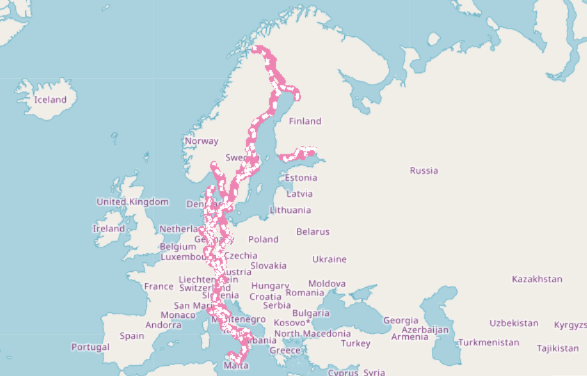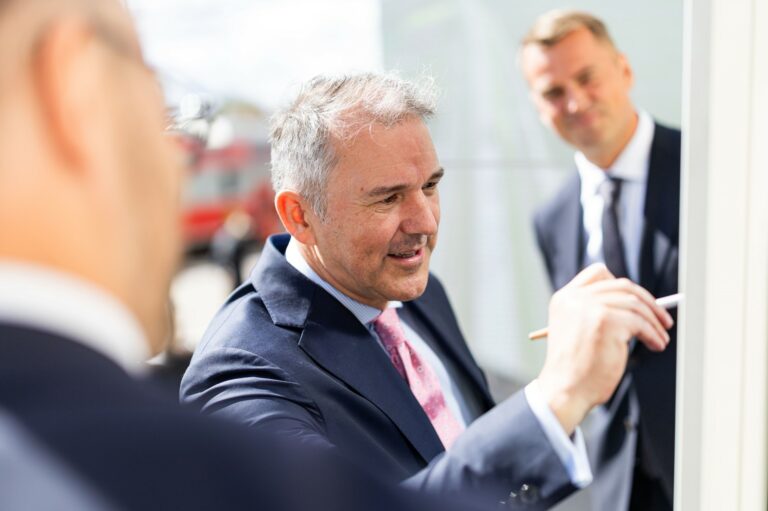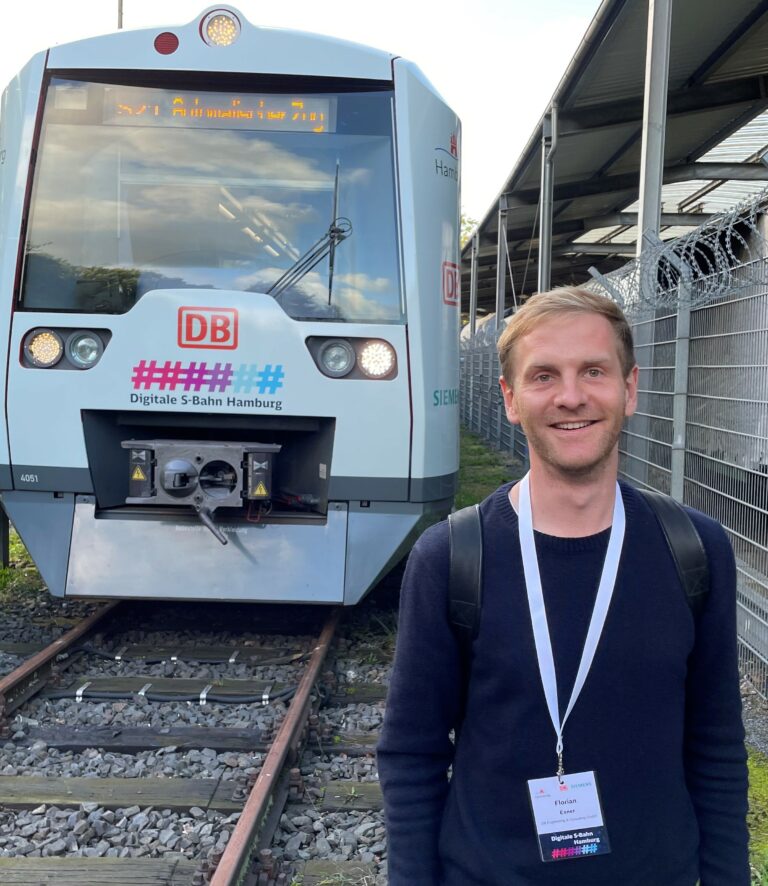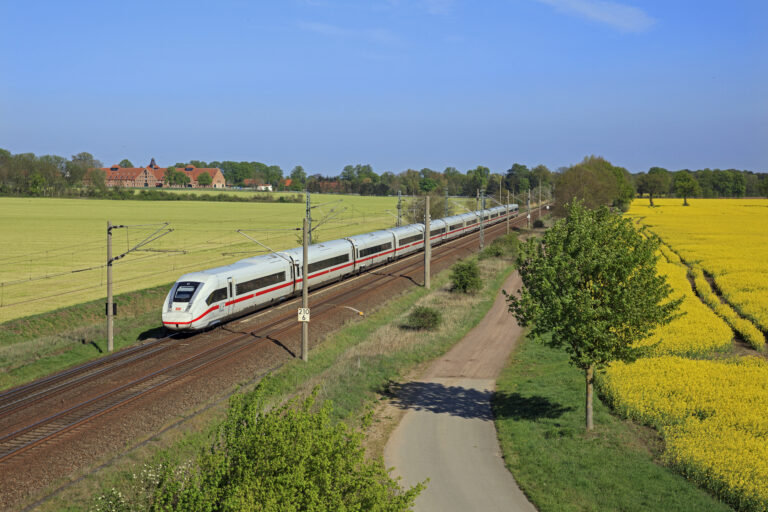Creating a continent without barriers is the goal of the EU’s Trans-European Networks (TEN) program. Europe’s countries and regions are linked by scores of transport corridors, be they by rail, road or water. The longest of them is the Scandinavian-Mediterranean corridor, which forms a north-south route that stretches across the continent from the Finnish-Russian border to Malta. As part of our series of articles on the European Year of Rail, we want to take a closer look at this impressive transportation undertaking.
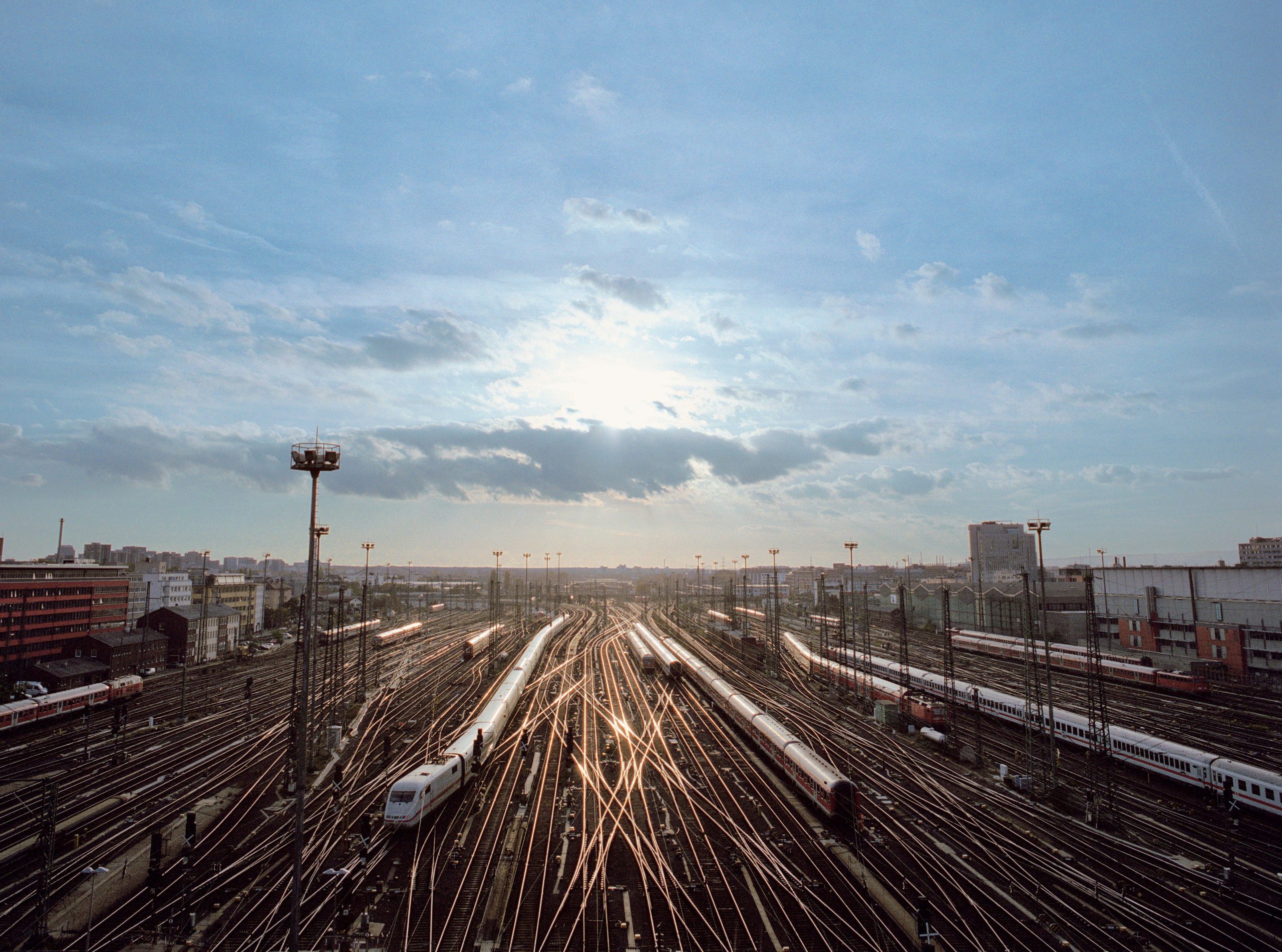
In July 1996, the European Union adopted an ambitious goal: Creating a trans-European transportation network (“TEN-T”) that would deliver seamless mobility across the entire continent. This was intended as a way of strengthening the EU’s internal market and establishing sustainable transportation routes. Railroads were to play a key role, as no other mode of transportation matches trains for eco-friendliness and efficiency.
Nine corridors for one trans-European network
The project has been overhauled a number of times, and it took on its current form in 2013. The European Parliament wants the patchwork of transportation routes to become an integrated mobility network that can move people and freight throughout the continent. To achieve this, the TEN-T project has been subdivided into two levels and provided with a timeline: The entire network connecting all of the EU’s different regions is to be completed by 2050. The strategically important sections are to come together to form an integrated core network even earlier, by 2030.
This core consists of nine multimodal corridors that serve to coordinate the international task work of expanding lines, bringing the relevant parties together and pooling resources. These corridors are multimodal in that they combine rail, road and shipping. From Norway to southern Italy, from the Atlantic coast to the Black Sea, the TEN-T routes span Europe – the rail lines alone come to a total length of some 15,000 km. Six of the TEN system’s core corridors pass through Germany, more than any other EU country.
Building this European rail network is a complex process. The project is designed to dismantle barriers between the different modes of transportation and their infrastructures. It has to remove bottlenecks, build bridges and modernize roads as well as rail lines. This also involves harmonizing track gauges, power systems and safety concepts. The EU subsidizes this work and issues guidelines for it. In Germany, the federal transportation and digital infrastructure ministry is responsible for national laws and financial support. DB Netz AG puts these into action on behalf of the government.
European integration by rail
The longest of the nine corridors connects no less than eight countries. Starting in Finland and Norway, the Scandinavia-Mediterranean corridor runs through Sweden, includes several branches in Denmark, Germany and Austria before it crosses the Alps en route to Sicily. It then uses a “maritime freeway” to link Malta to the mainland, creating a practical and efficient transportation artery for places in more peripheral locations. The Scandinavia-Mediterranean corridor also plays a major economic role as it links the conurbations and ports of northern Europe with the most important industrial hubs in southern Germany and northern Italy, taking in the Brenner Pass as it does so. It connects to Italy’s ports further south, opening up routes that move freight between Europe and the rest of the world.
DB Engineering & Consulting is involved in the implementation of various construction projects on the Scandinavian-Mediterranean corridor, including design and construction supervision services, such as upgrading the Berlin – Rostock line and modernizing the rail hubs at Halle and Bamberg. Large-scale undertakings, such as work on the Berlin – Nuremberg route (VDE 8) are also part of the TEN project.
At present, building the rail link for the Fehmarn Belt Fixed Link is one of the most important campaigns. While the name might be a bit unwieldy, it describes a transportation link between Germany and Denmark. The heart of the project is an immersed tunnel, some 1.7 km in length, between Puttgarden on the German island of Fehmarn and Rødby on Lolland in Denmark. Constructed in the 1960s, the bridge connecting Fehmarn to the German mainland can no longer handle the traffic between Denmark and Germany, and this has turned it into one of the most significant bottlenecks in the corridor. The new tunnel will allow for faster road and rail transportation. The symbolic groundbreaking ceremony took place on January 1, 2021, and operations are expected to start in 2029. To name just one benefit, trains will complete the journey from Hamburg to Copenhagen in two hours instead of four. The current bridge will then be used only by cyclists, pedestrians and agricultural machinery such as tractors.
The Scandinavian-Mediterranean corridor demonstrates what a European rail network can achieve, and fast, convenient transportation will help us come together as one continent. TEN is a project for society as a whole. Here at DB Engineering & Consulting, we play our part each and every day. This is our way of contributing to the Strong Rail system and making it one of Europe’s key forces in the transportation sector.
Contact
DB Engineering & Consulting
EUREF-Campus 14
10829 Berlin
Germany
